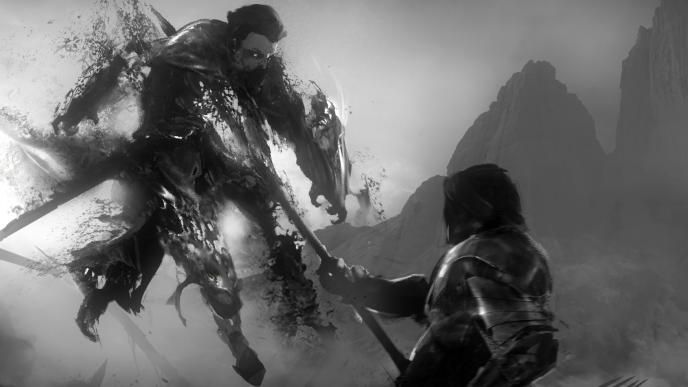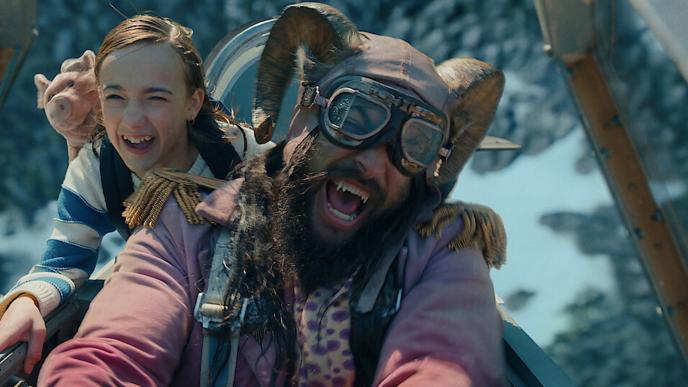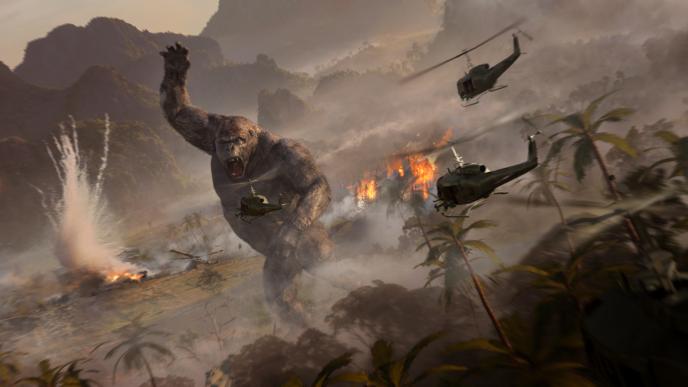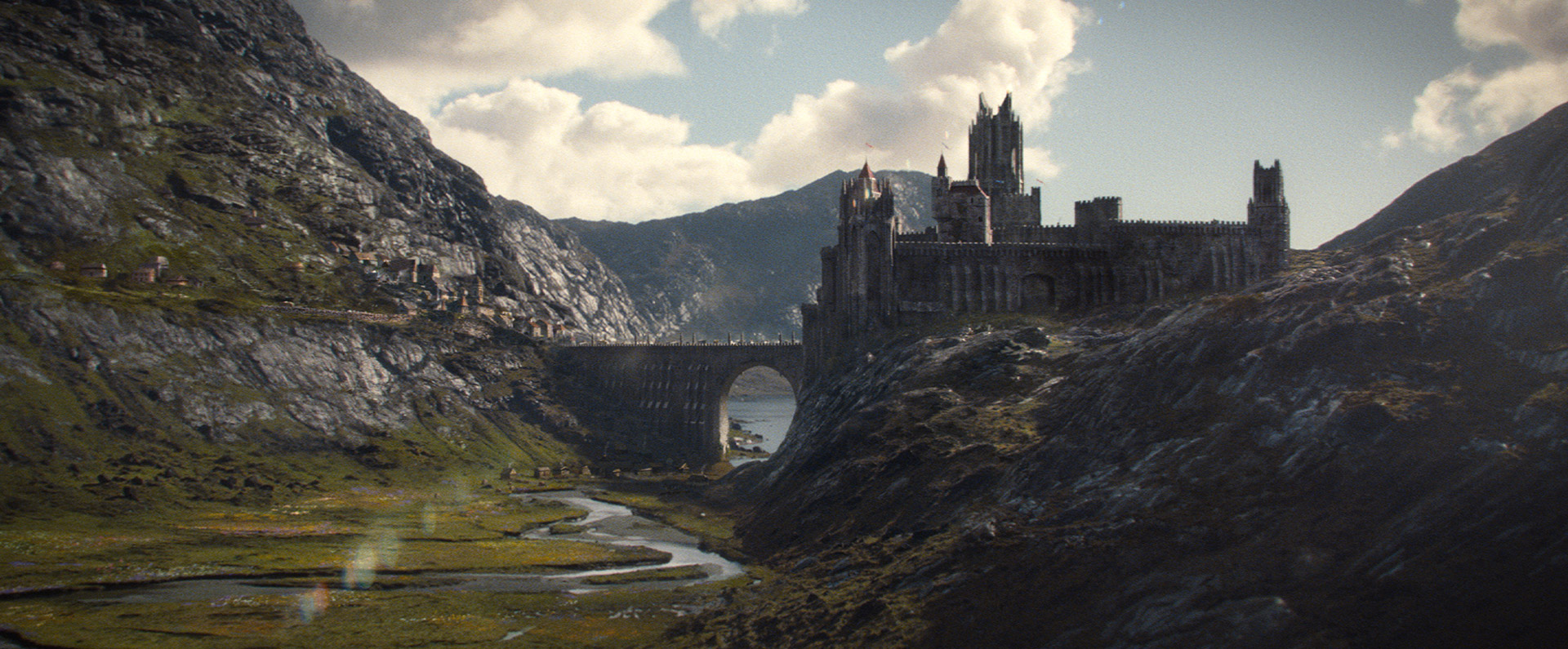
Dracula Untold
Gary Shore’s Dracula Untold isn’t your typical vampire story. There was a determination to do something different right from the start – beginning in a pre-production office coated in a what-not-to-do wallpaper of every vampire from every movie ever. The film is the story of Vlad Tepes, also known as Vlad the Impaler, or Dracula. Framestore’s Christian Manz was the overall VFX Supervisor on the show, with Glen Pratt in our London studio and Ivan Moran in Montreal, supervising a huge 710 of its 740 total shots.
I loved working with the team at Framestore. They delivered consistently with every creative challenge. From concept to the final shots, they were exceptional.
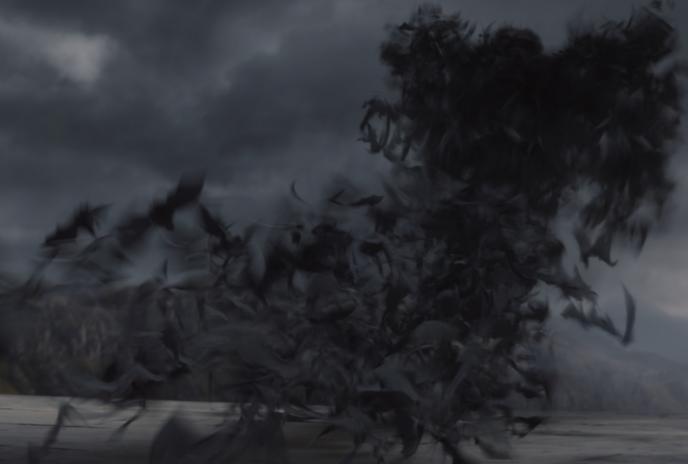
Crafting the Gothic
Director Gary Shore was keen to avoid the well-trodden gothic vampire story and instead ground it in the history of the man Bram Stoker took as inspiration for Dracula. That historical backdrop meant a new challenge for Framestore – armies fighting huge battles – and some beautiful scenery and towering castles for them to be staged in. Grounded in history it might be, but the film still soars into supernatural territory – giant hand-like swarms of bats that can sweep soldiers aside, human-to-bat transmutations, echolocation vision and some truly gruesome deaths in a litany of highly varied challenges.
Many of those challenges required fully CG shots, with Framestore creating the environment and the action staged within it. “There isn’t a live action bat in the movie, and some of the locations and battles weren’t shot either. We were shooting in a set of warehouses in Belfast, so when you see this expansive army in the final images you kind of forget," says Christian Manz, overall VFX Supervisor. “One of the biggest challenges of the show was that there’s hardly anything that’s the same throughout and so we needed to take a lot of different effects to an extremely high level for only a handful of shots each. That huge variety meant there was a lot of design involved.”
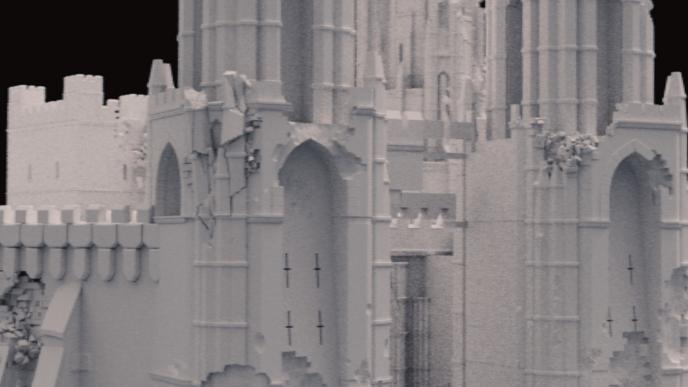
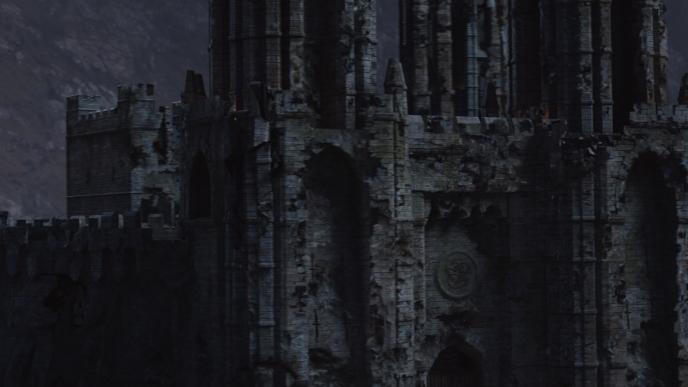
Designing a vampire
“We didn’t want Luke to sit there with just pointy teeth and pale skin. The idea was that there’s an inner creature under his skin,” says CG Supervisor Ben Lambert. "Whenever he is feeding or angry, or when he’s being hit by sun, the human pigment disappears and it’s revealed, whether through anger or contact with sunlight."
No practical make-up was used for Vlad’s transformation, with all stages of his ‘vamping out’ done with visual effects. The opaque white subsurface underneath his skin was designed to resemble an advanced human skull rather than something too monstrous, with intricate channels for blood to flow from the teeth. The final look was conveyed through shaders and look dev on top of the plate photography of Vlad. At his most vampiric, with his human-self stripped away by sunlight, Vlad is completely computer generated, with Luke Evans’ performance body tracked meticulously and used to inspire the animation. His armour was recreated in CG too to allow the effects of sunlight to take its toll across his whole body.
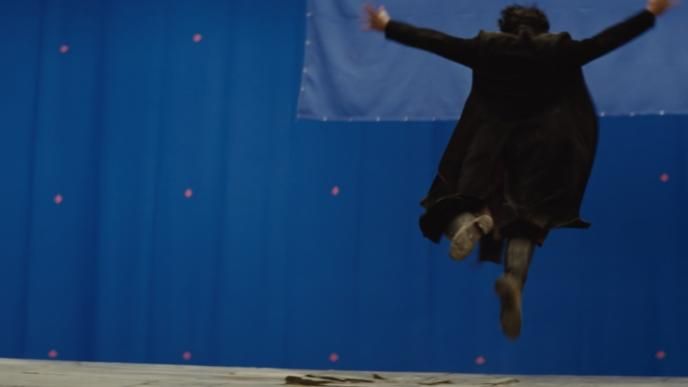
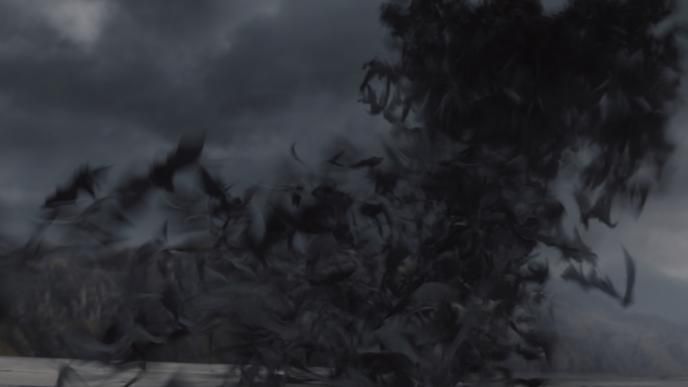
Going to war
The movie gave Framestore a chance to get its hands on some types of work it’s film team aren’t known for, particularly battles. “We hadn’t done crowds for a while, so there was a nice blank canvas element to it,” says Ben. “We knew the final output would have to feed into fMob, our proprietary crowd tool, and be rendered in Arnold, but the front end of actually making the crowds was open. It was fun to be able to evaluate different crowd software and start staging shots.”
Having worked with it already on commercials, the team decided to use Golaem. “In terms of film use it’s in its infancy but what’s great about it is they were really open to suggestions and we had a really close relationship with them throughout the show. Many of the features we’re now seeing in the latest version have come as a result of our crowd team requesting them.”
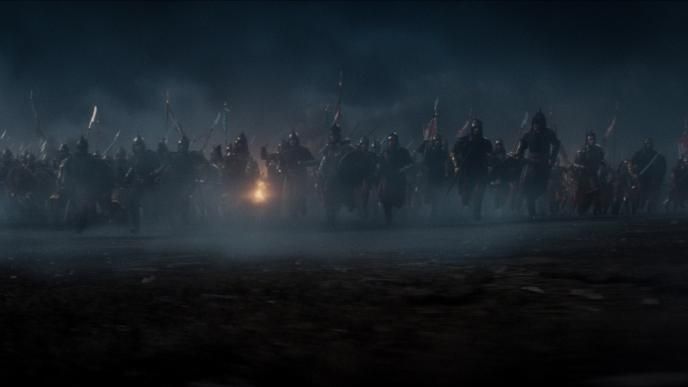
Castle Dracula
One of those big battles takes place on the door-step of Castle Dracula, which was an entirely digital construction. “Universal gave us a rough concept model that we used as a starting point to work up into the different elements we needed,” explains Montreal CG Supervisor JP Li. “This included adding detail for the Great Hall, building the portcullis and corridor, adding the flying buttresses and battlements. These were all built in sections, which allowed us to up-res areas as needed. For reference we looked at castles from across Europe, which helped us get the age and detail right.”
Not long after we first see the castle in some all-CG establisher shots our lovingly constructed asset is in ruins. Our FX team did much of the destruction, fitting bricks to the shape of the castle and turning them into a rigid body dynamics simulation. We could then simply launch cannon balls at the castle to see which produced the best damage. Multiple layers of dust and debris were added, while the Modelling team took areas of the castle that weren’t being destroyed on screen and roughed it up with craters and broken battlements.
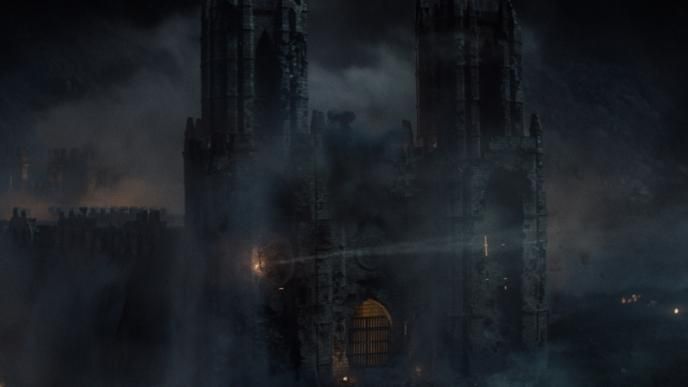
The hand of bats
The team worked hard on putting a new spin on the classic ability to turn into a bat, once again breaking the mould of the genre. “We were very keen early on to lose the idea that a man could turn into a single small bat seen in other films, because the stages between just don’t work,” says Christian. “Instead we went with the idea that he could turn into a number of bats that would move like a comet.”
A rig was body-tracked onto a person’s armour or clothing and static bats were then mapped onto it, essentially creating a bat suit. Animators could then decide when a certain bat would unfold from the rig, so that the bats would be released at different times as Vlad ran. The FX team would then use the trail to interpolate the bulk of the bats, increasing them to a greater number than could be practically handled by animation.
“The animators really brought the foreground to life,” says Ben. “They typically placed and animated 10-20, but sometimes up to a hundred, bats over the live action soldiers, who had to be body-tracked precisely. When balancing the two processes we had to make sure they had the right density but were recognisable as bats without looking like noise. Once we started adding more FX bats to the background we needed to make sure the hero work in the foreground complemented that.”

Killing the batman
Our Montreal team had its own distinct vampire POV look to create – the dizzying, warped way Vlad experiences his surroundings as he’s exposed to a cascade of silver coins, many of which are CG themselves. We also see the reaction to another classic killer – the wooden stake – in a macro close-up. “Gary Shore wanted the armour to react as the stake got closer and initially we weren’t quite sure whether that should be cloth, fluid or rigid,” says JP LI. “It needed to be destructive, so you could see the layers underneath the armour, and our FX artists came up with a leafy, radial vortex, like hot air blasting off paint.”
This film included a lot of things Framestore isn’t normally known for – armies, battles and big environments... We’ve really extended our toolset.
